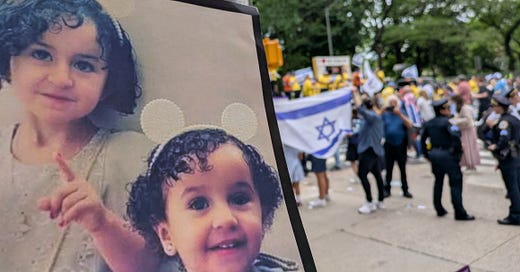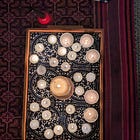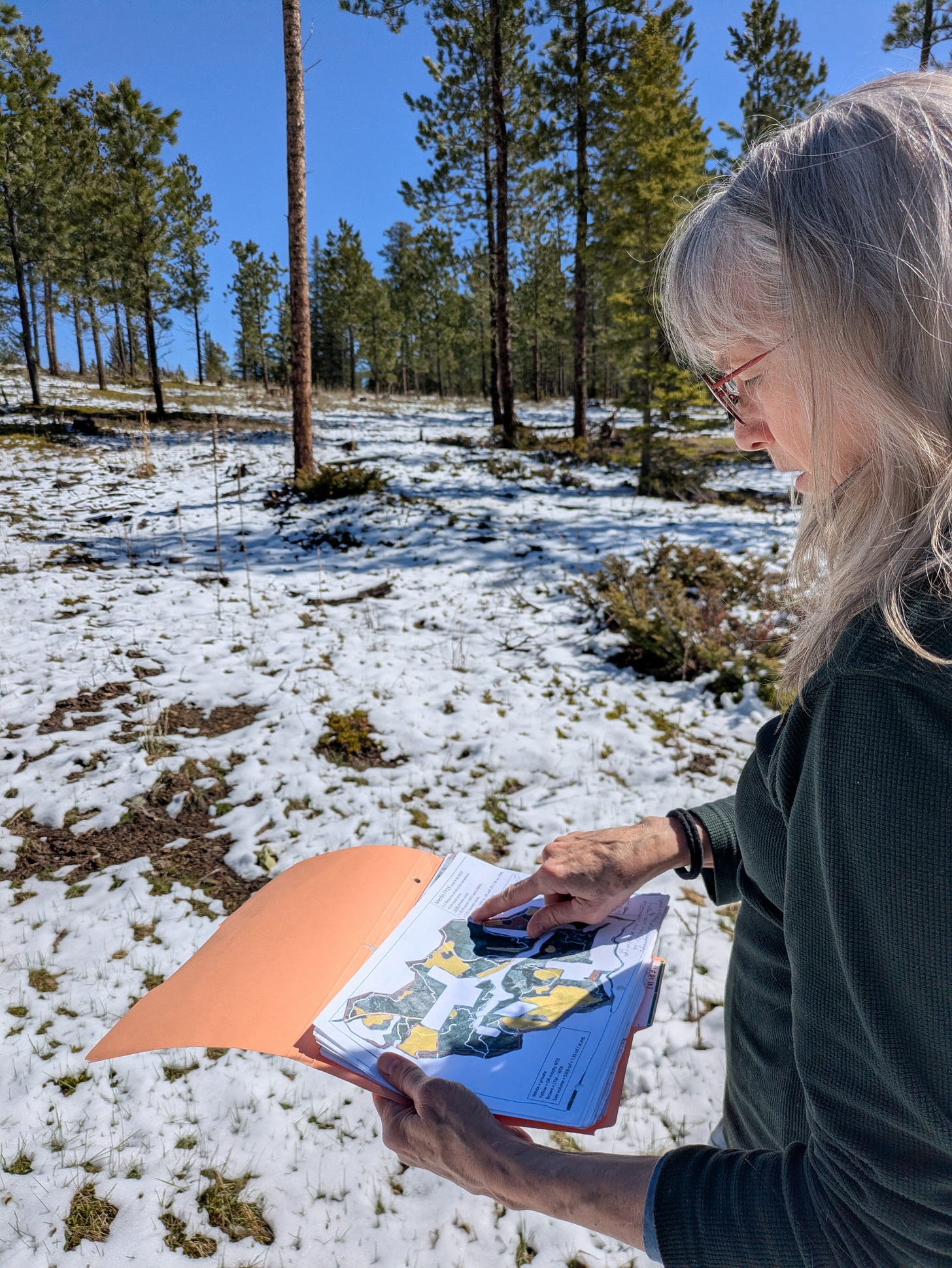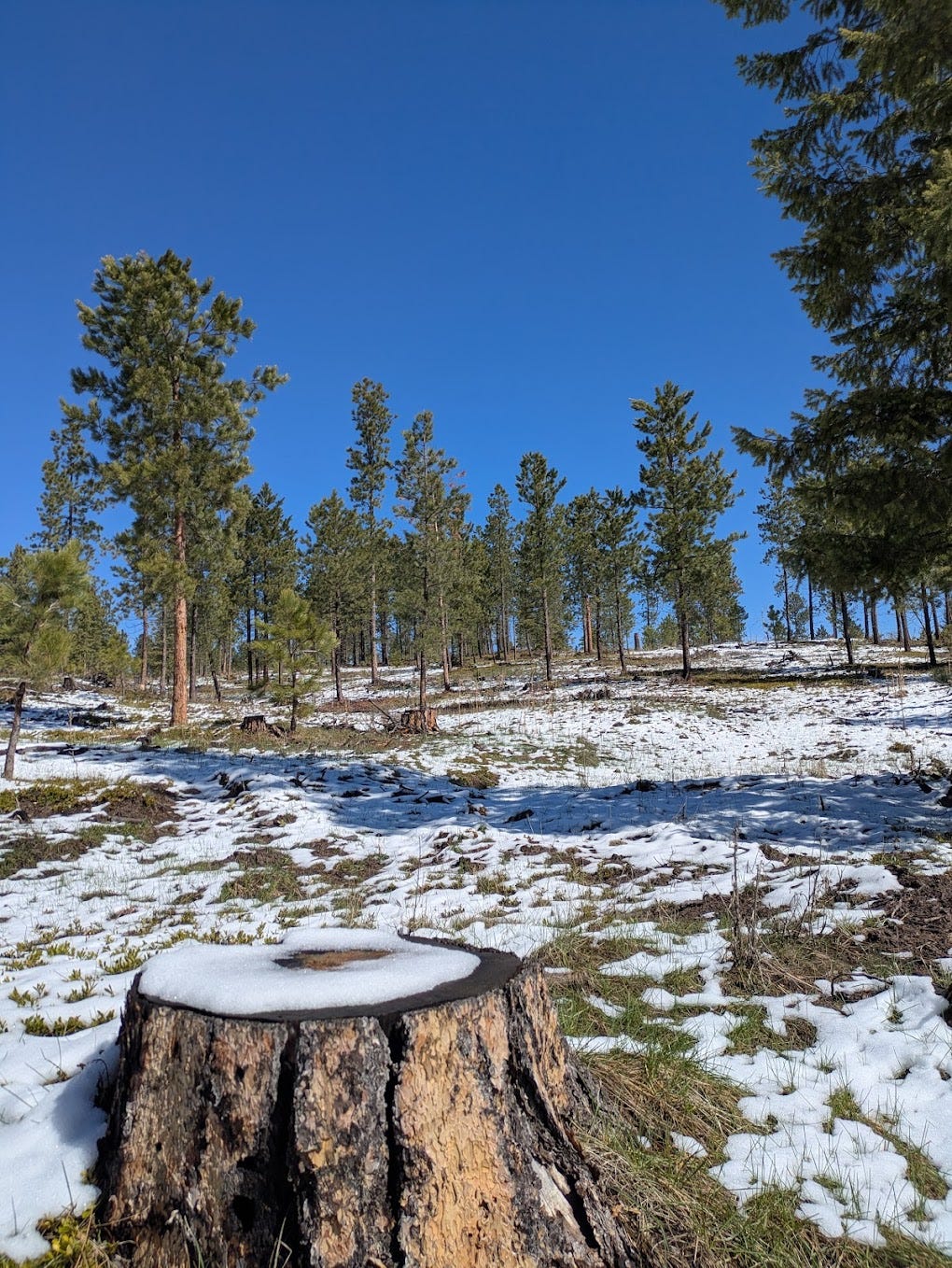Hello friends.
On Sunday, May 18, one of the most perfect days of the year thus far, a “Celebrate Israel Parade” marched down Fifth Avenue in New York City. Children in matching T-shirts danced to speakers on poles blaring music. A float from the Tel Aviv tourist bureau, with a billboard showing people relaxing on the beach. Jewish day schools. Orthodox synagogues. Organizations that support illegal settlements in the West Bank. A youth hockey league that observes Shabbat. Queer Zionists with pride flags. Zionist professors. Northwell Health, New York State’s largest private employer. A pair of live camels.
What were they celebrating, exactly?
Disassembling Gaza
“We are disassembling Gaza, and leaving it as piles of rubble, with total destruction [which has] no precedent globally. And the world isn't stopping us,” Israel’s Minister of Finance, Bezalel Smotrich, told the media the next day. He and Prime Minister Benjamin Netanyahu both made statements apologizing to their constituents for the decision to let in “minimal humanitarian aid” to the region for the first time since March 2.
Apologizing, not for letting in too little food. But for letting in any food and water at all.
The leaders of Israel made clear in these remarks that the intention was to only slightly ameliorate the famine, to quiet international condemnation, to serve their broader aim of ethnically cleansing Gaza by removing Palestinians to a third country—a notion that Trump seems to support, to the extent that he is reliable on any topic.
This was just after global protests for the 77th Nakba (Catastrophe) Day, which Palestinians remember as the day their lives and future were destroyed, and Israelis remember as the day their state was created.
On a balmy spring afternoon, here were thousands of my fellow Americans, my fellow New Yorkers, my fellow Jews, dancing and singing to celebrate Israel— “Now, more than ever.” It was hard to process, hard to watch.
Standing Together
And me? I was standing on the corner with maybe 15 other people, holding up photos of murdered Palestinian and Israeli children, side by side, and signs that read A Ceasefire Is The Only Way - To Bring Them Home and Let Gaza Live.
I had been intending for weeks, ever since I got back from Israel and Palestine in March,
to show up at an Israelis for Peace and Standing Together protest. They hold vigils every Sunday in Union Square, with both Israelis and Palestinians speaking. These groups are doing this in Israel too and some Israelis are joining them, openly changing their minds as the war and its travesties drag on. You can tell it is working because the Israeli government tried to ban photos of Palestinian children at protests, then had to reverse itself.
I’m not sure I can fully articulate why I wanted to be there. I am not Israeli. There are many other groups holding pro-Palestine protests and I have been to some of those as well.
Some people I love and respect would call this type of protest both-sidesing, normalization, apologetics for the indefensible. Some people on both sides.
Still. I’m moved by the idea of coexistence, especially when it is advanced by those with skin in the game. The leaders of these groups are modeling the impossible thing that has to happen to make peace, where people whose family members have been killed by the other side somehow decide to come together and say that every human life is equally precious.
Like the lives of Sarah Milgrim and Yaron Lichinsky, murdered on Wednesday outside the Israeli Embassy by a gunman yelling “Free Palestine”.
Mohsen Mahdawi, the Palestinian activist and practicing Buddhist who was released from immigration detention in time to get his degree from Columbia, has been another advocate of the bridge-building approach. “Yes, I’m a strong advocate for the Palestinian rights, but I have partners, mainly Jewish and Israeli partners,” he said recently.
Peace isn’t just about love. It can’t happen without justice. The only way I can think of for Netanyahu and Trump and Hamas to be removed from power, is for their own people to say enough. “Israelis for Peace,” as outnumbered as they are, as quixotic as they are, somehow feels like the only realistic path forward.
I did not understand what I would be walking into that afternoon.
“Despicable.”
Our small protest was supposed to be held on 62nd Street, outside the Fifth Avenue Synagogue, an Orthodox shul hosting a conference with politicians from Netanyahu’s government, and leaders of illegal settlement organizations, alongside Mayor Adams and Trump’s anti-Semitism envoy.
But that block was cleared for security concerns. The cops herded us onto the sidewalk of Fifth, where we were now directly confronting hordes of revelers.
It’s the most openly, defiantly outnumbered I’ve ever been.
Only one person spat liquid. Most spat words.
“Disgraceful.”
”Despicable!”
”Destroy Gaza!” The man who yelled that was pushing a stroller. I wish I was making that up.
“Misogynists!” one misshapen man hectored. “Misogynists!”
“Shame!”
“You’re at OUR parade,” a woman shouted.
“What are your pronouns?” another woman sneered.
Before long there was a phalanx of police officers protecting us from the paradegoers, sometimes physically holding them back—one cop for every two of us.
Healing Resistance
It was humbling to feel how quickly my body filled with rage and adrenaline, a cold flood as toxic as chemotherapy. My ability to read the situation diminished, which could have been dangerous. At one point I flipped off someone who was filming us. He took down his camera and said, mildly, “I’m on your side.” I apologized. But then, some of the people filming us were hostile.
I thought of the passage in Kazu Haga’s book Healing Resistance where he compares nonviolence to a martial art. He says the students who took part in lunch counter sit-ins in the 1960s went through months of rigorous training which included being shouted at, cursed at and having food thrown at them, so they could turn the other cheek when it really mattered.
The violence and division is inside of me. It’s waiting there all the time. The line between good and evil runs through every human heart.
Clearly I have a lot to learn, a lot to practice. I was glad to have taken this small step, to be standing with this small group on this day. I was heartened, paradoxically, by the people who stopped to argue with us. I could see how we were getting under their skin, thrusting a different version of reality in their faces.
“So, what, you want everyone to live?” a schoolgirl asked. She had a long dark ponytail, glasses, a modest-length skirt. Hearing the affirmative, she turned to her friends. “They want everyone to live,” she explained as they continued past. I couldn’t quite catch her tone—was she wondering? Derisive?
Maybe there was a hint of doubt.
A link
It was such a privilege to spend a couple of days in the beautiful Black Hills National Forest, which is stolen, unceded Lakota land, with some of the people who are trying to keep it safe.
The Trump administration wants to clear-cut the national forest. The only problem? There aren't that many big trees left.
I published this story in Grist. My host in South Dakota was Mary Zimmerman, a teaching artist and self-taught conservationist with the all-volunteer Norbeck Society; she’s been homesteading in the Black Hills for four decades, but her understanding of this forest ecosystem spans centuries.









The schoolgirl kind of breaks my heart. Thank you.
Thank you for being there, for writing this, for holding space for the pain of this moment.